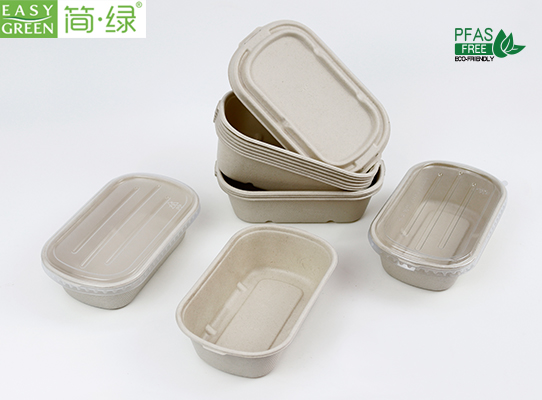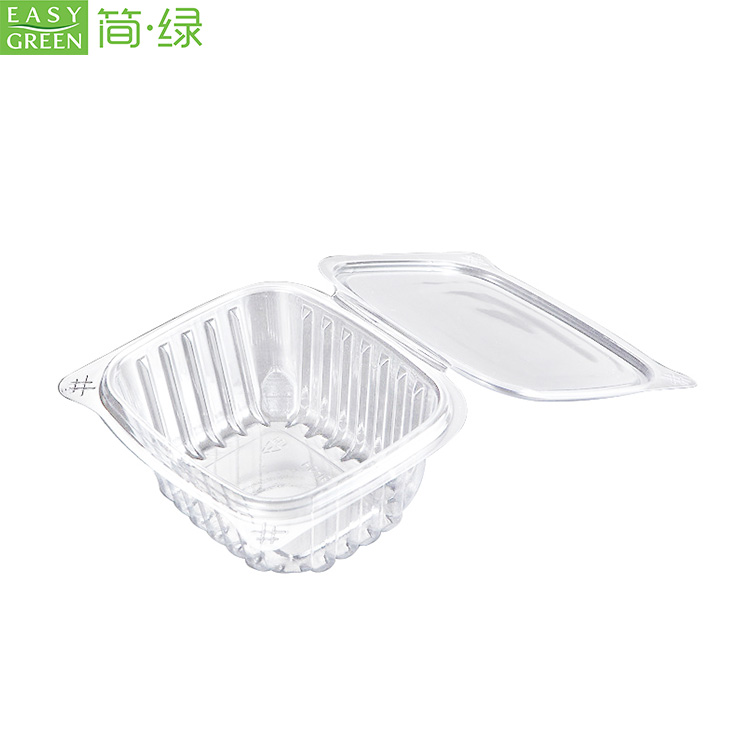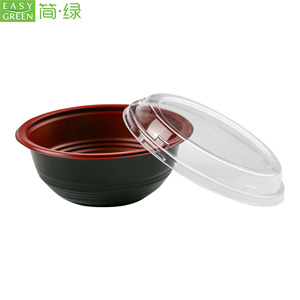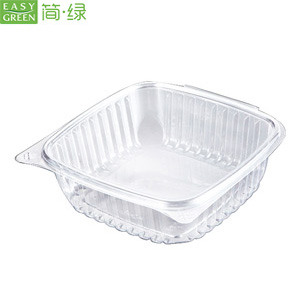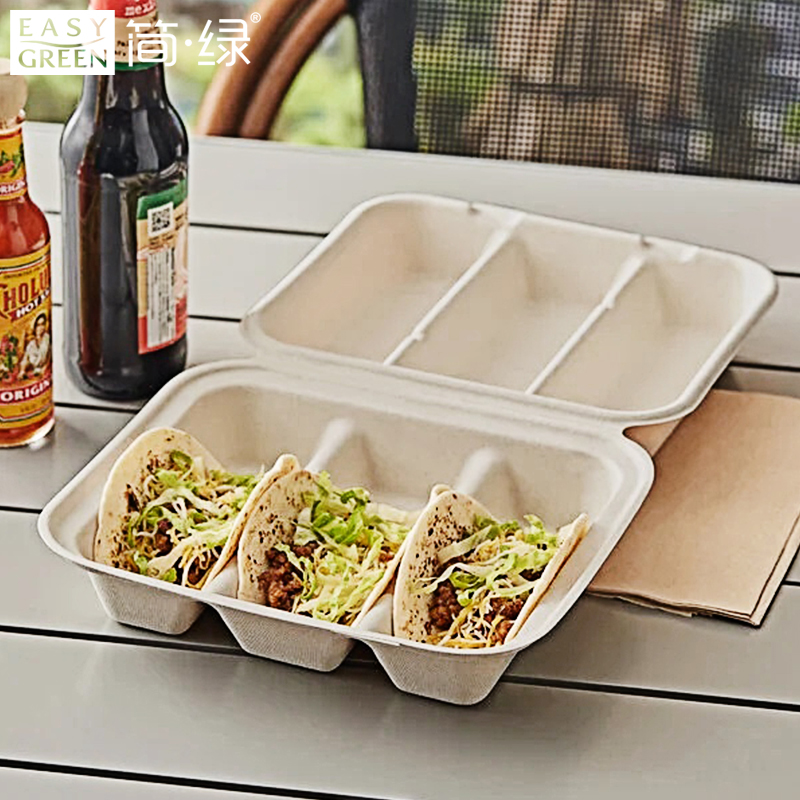In the quest for sustainable living and environmentally friendly alternatives, bagasse emerges as a game-changer in the realm of food packaging. Derived from sugarcane, bagasse presents a compelling solution to mitigate the environmental impact of traditional packaging materials. In this article, we delve into the intricacies of bagasse, exploring its origins, eco-friendliness, and its versatile applications in food packaging.
What Is Bagasse?
Bagasse is the fibrous residue left behind after extracting juice from sugarcane. Unlike other agricultural by-products, bagasse boasts unique properties that make it an ideal candidate for various applications. Rich in cellulose, hemicellulose, and lignin, bagasse serves as a renewable and biodegradable resource, aligning perfectly with the principles of sustainability.
Is Bagasse Environmentally Friendly? Why?
Bagasse stands as a beacon of environmental friendliness for several reasons:
1. Renewable Resource: Sugarcane, the primary source of bagasse, is a rapidly renewable crop that thrives in tropical climates. Its cultivation requires minimal chemical inputs and contributes to carbon sequestration, making it an inherently sustainable resource.
2. Biodegradability: Unlike conventional plastic packaging, bagasse products decompose naturally within a relatively short timeframe, minimizing the burden on landfills and ecosystems. This characteristic ensures that bagasse does not linger in the environment, reducing pollution and ecological harm.
3. Energy Efficiency: The production process of bagasse products consumes less energy compared to conventional materials like plastic or paper. By utilizing a by-product of sugarcane processing, bagasse minimizes the need for additional resources, thus reducing the overall carbon footprint.
4. Closed-loop System: Bagasse completes a natural cycle within the ecosystem. After serving its purpose as packaging, it can be composted to enrich soil fertility or used for energy generation through biomass conversion, ensuring minimal waste and maximal resource utilization.
How Is Bagasse Used in Food Packaging?
The versatility of bagasse lends itself to a myriad of food packaging applications:
1. Containers and Trays: Bagasse-based containers and trays are sturdy, grease-resistant, and microwave-safe, making them ideal for packaging various food items, including hot meals, salads, and desserts. From takeout containers to lunch boxes, bagasse offers a sustainable alternative to conventional plastic or Styrofoam packaging.
2. Cutlery: Disposable cutlery made from bagasse provides a viable alternative to single-use plastic utensils. Lightweight yet durable, bagasse cutlery offers the convenience of disposability without the environmental repercussions, making it a preferred choice for eco-conscious consumers.
3. Cups and Lids: With advancements in manufacturing techniques, bagasse-based cups and lids have become increasingly popular in the beverage industry. These products are heat-resistant, leak-proof, and fully compostable, offering a sustainable solution for serving hot and cold drinks on the go.
4. Packaging Inserts: Bagasse finds applications beyond primary packaging, serving as cushioning and insulation inserts in shipping boxes. Its shock-absorbing properties protect fragile items during transit while maintaining environmental integrity.
In our daily lives, we encounter bagasse products in various settings:
Coffee Shops: Takeaway cups and lids made from bagasse provide a sustainable alternative to traditional plastic or paper cups, allowing consumers to enjoy their favorite beverages guilt-free.
Fast Food Chains: From burger boxes to salad containers, many fast-food establishments have transitioned to bagasse packaging, reducing their environmental footprint while satisfying customer demand for eco-friendly options.
Eco-conscious Events: Catering companies and event planners increasingly opt for bagasse-based tableware and utensils to align with sustainability goals and promote eco-friendly practices during conferences, weddings, and other gatherings.
Household Use: Consumers can purchase bagasse-based products for personal use, such as food storage containers, disposable plates, and compostable cutlery, to reduce their reliance on single-use plastics and embrace a more sustainable lifestyle.
In conclusion, bagasse represents a paradigm shift in the field of food packaging, offering a sustainable alternative to traditional materials without compromising functionality or convenience. Backed by scientific research and technological innovation, bagasse products have the potential to reshape the packaging industry, paving the way for a greener and more sustainable future.
 English
English 
